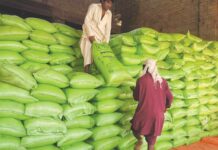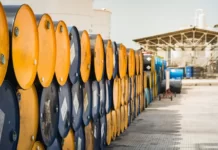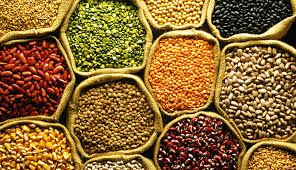Pakistan’s import of pulses has reached a record 1.32 million tonnes ($918 million) in just 10 months of fiscal year 2025, surpassing last year’s total of 1.315 million tonnes ($946 million). As of May 2025, imports have already reached 1.4 million tonnes ($970 million), with projections pointing towards a new record by the end of FY25.
This surge in imports is a direct result of a gap between local demand and domestic supply, especially given the country’s low crop yields. While Pakistan needs 700,000 to 900,000 tonnes of gram pulses annually, local production has not been able to meet this demand. The shortfall has led to traders importing 600,000 to 700,000 tonnes every year.
The country’s food import bill for FY25 stands at $7.6 billion, with pulses ranking second only to palm oil. Despite a slight increase in the average price per tonne of pulses from $659 to $694, the price of various pulses in local markets has shown mixed trends. The price of masoor (red lentils) has fallen, while moong (green gram) and mash (black gram) prices have increased.
The Economic Survey for FY25 reveals a 16.6% decline in local gram production, while the country also saw reduced output of moong and mash pulses. This production shortfall is largely responsible for the growing reliance on imports. Realizing the unsustainable nature of these imports, experts have called for the government to devise a strategy that will focus on improving domestic pulse production to reduce the burden on foreign exchange.
Critics have pointed to the lack of coherent trade policy as a major factor driving over-importation. Chairman of the Karachi Wholesalers Grocers Association (KWGA), Rauf Ibrahim, emphasized the need for tighter control over import permits and the creation of policies that balance local production with import needs. He also suggested that the food ministry should carefully analyze crop sizes and import requirements before approving permits.
Experts have also pointed out that neighboring countries have successfully implemented agricultural policies that prioritize local production while managing imports efficiently. The import and export policies in these countries are designed to minimize the risk of market instability and to protect national interests.
Calls for a focus on local production of pulses have been further emphasized by rising import bills, with figures suggesting that the yearly import bill of pulses is likely to exceed $1 billion soon. Some argue that reforms should include reviewing income tax structures for pulse traders and millers to ensure equitable taxation.
The issue of pulses over-importation is further complicated by exports to neighboring countries like Afghanistan and Iran, where a sizable amount of essential commodities, including pulses, are diverted, contributing to the imbalance in the domestic market.
Chairman of the Cereal Association of Pakistan, Muzamil Chappal, pointed to the low local crop production and falling world prices as reasons behind the rise in imports. He also questioned the government’s official figures for gram production, suspecting that data from provinces like Sindh and Balochistan might be underreported.
With increasing pressure on foreign exchange reserves and rising import costs, the need for a comprehensive and sustainable solution to Pakistan’s pulse production challenges has never been greater.
























